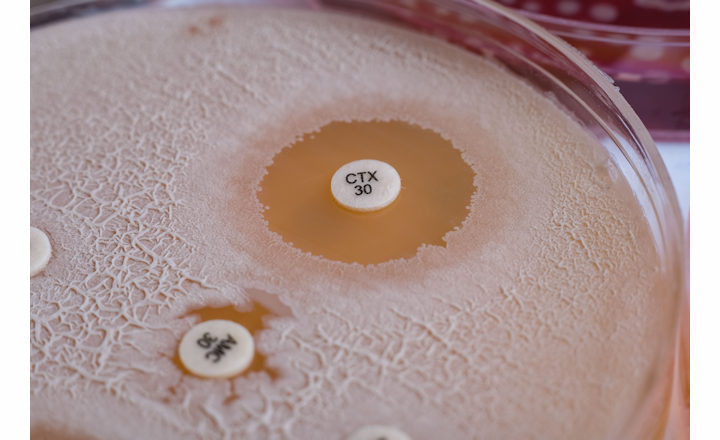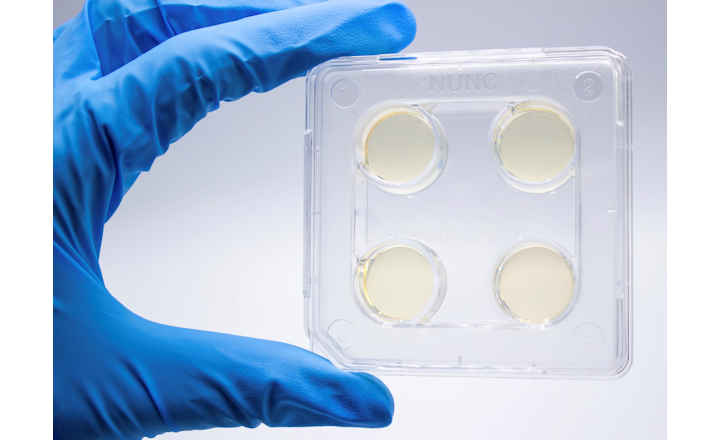- Each year, the CLSI publishes updates to the M100 Performance Standards for Antimicrobial Susceptibility Testing (AST) that are critical to the performance of accurate AST testing.
- This review highlights major changes including new and revised breakpoints for gram-negative and gram-positive organisms that should be incorporated into routine clinical laboratory practice.
Key Findings: The review by Schuetz et al. highlights the following changes.
- New (Plazomicin, indicated for complicated UTIs) and revised (Amoxicillin–clavulanate, gentamicin, tobramycin, lefamulin, cefiderocol, piperacillin–tazobactam, and amikacin) CLSI breakpoints are provided for Enterobacterales, Pseudomonas aeruginosa, Acinetobacter spp., Haemophilus influenzae, and Streptococcus pneumoniae, and compared against FDA breakpoints.
- These breakpoints are most appropriate for infections where stasis endpoints are sufficient — i.e., low bacterial burden, effective source control, minimal host comorbidities, and when an aminoglycoside is used as part of combination therapy.
- Epidemiological cutoff values (ECVs) defining the upper MIC limit for each organism group and aminoglycoside are now included.
- Table 1 (“Antimicrobial Agents That Should Be Considered for Testing and Reporting by Microbiology Laboratories”) has been revised.
- New testing and reporting recommendations are provided for multidrug-resistant Gram-negative bacilli.
- A new method for performing disk diffusion directly from positive blood culture broth has been introduced.
- Mueller–Hinton Fastidious (MH-F) agar/broth has been approved for H. influenzae AST.
- Modified QC ranges were added for several antimicrobial agents.
Bigger picture: Clinical microbiology laboratories should review these AST changes in coordination with their antimicrobial stewardship programs (ASPs), as well as infectious diseases clinicians and pharmacists.
As the FDA has not yet recognized the revised CLSI aminoglycoside breakpoints, commercial manufacturers cannot obtain FDA clearance for them. Laboratories may, however, consider off-label adoption of the new breakpoints after performing a validation study, provided their AST system includes MIC concentrations low enough to accommodate the revised breakpoints.
References:
- Schuetz et al. (2025). Overview of changes in the Clinical and Laboratory Standards Institute Performance Standards for Antimicrobial Susceptibility Testing: M100 32nd and 33rd editions. Journal of Clinical Microbiology. Vol. 63, Issue 9: e0162323.
- CLSI. 2023. Performance standards for antimicrobial susceptibility testing, M100. 33rd ed. Clinical and Laboratory Standards Institute, Wayne, PA.
























